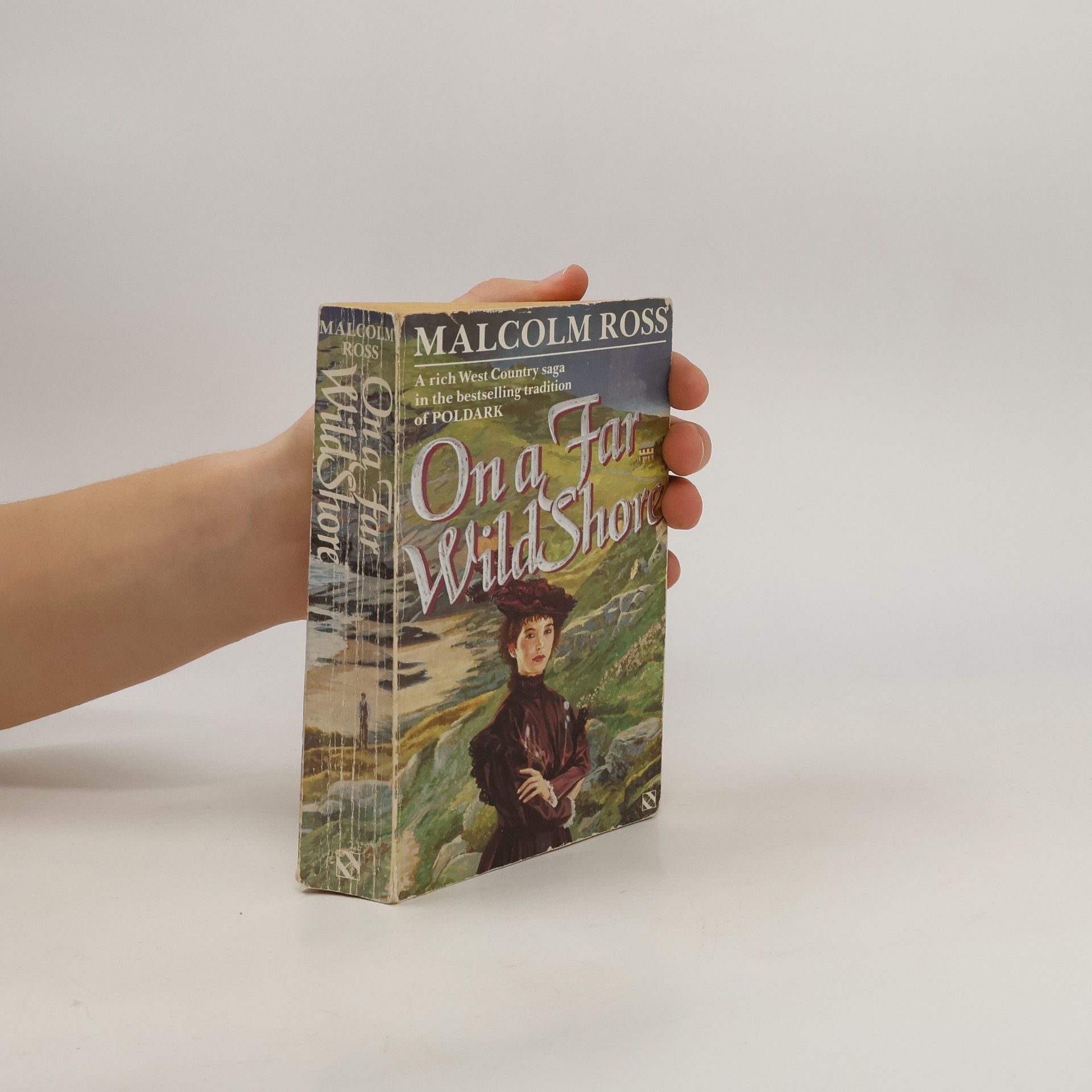On a Far Wild Shore
- 512pages
- 18 heures de lecture
Cet auteur écrit sous plusieurs noms différents, permettant à ses œuvres d'explorer des paysages et des styles littéraires variés. Sa capacité à adopter différentes appellations reflète la profondeur de sa portée créative et sa flexibilité à travers divers genres et approches narratives. Les lecteurs peuvent découvrir un large éventail de ses productions, chaque nom laissant entrevoir une facette distincte de son art littéraire. L'approche de cet auteur invite à explorer l'ensemble de son œuvre à travers les différentes identités qu'il adopte.
